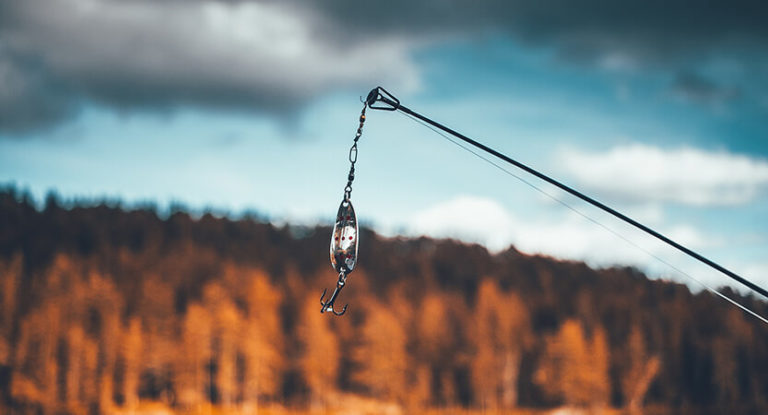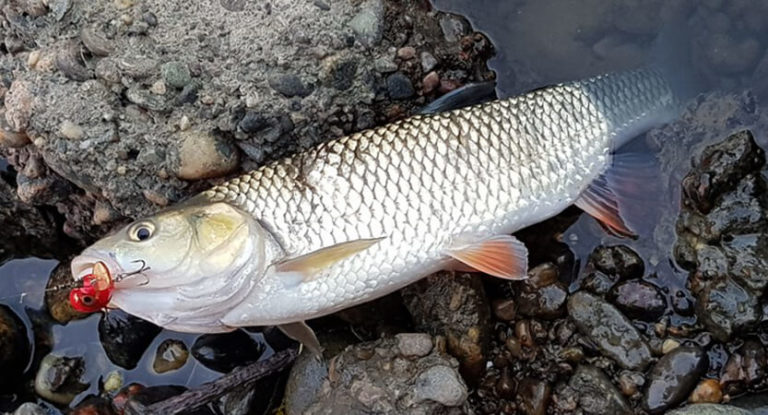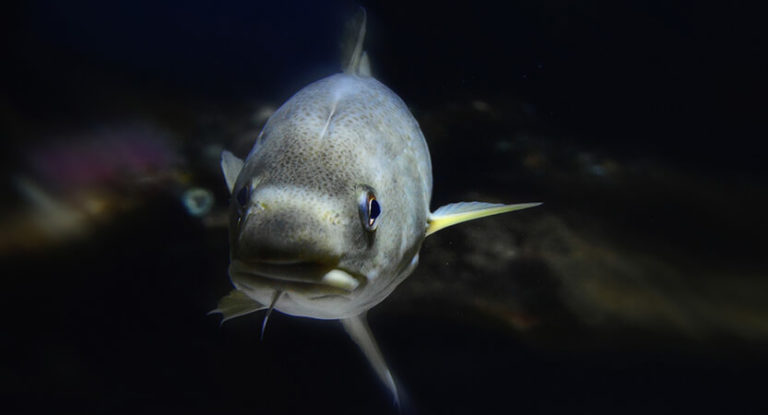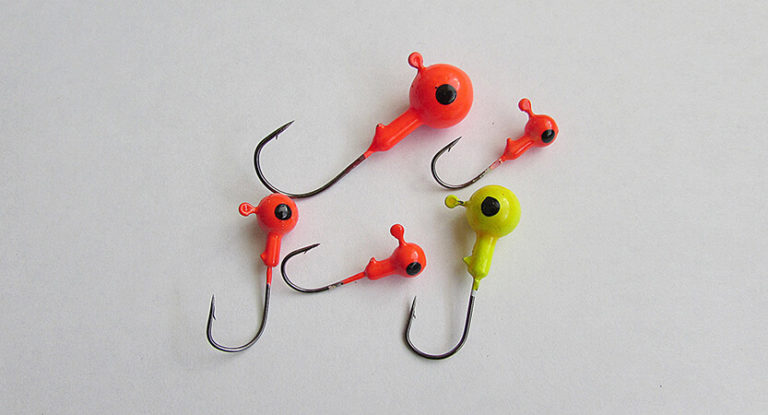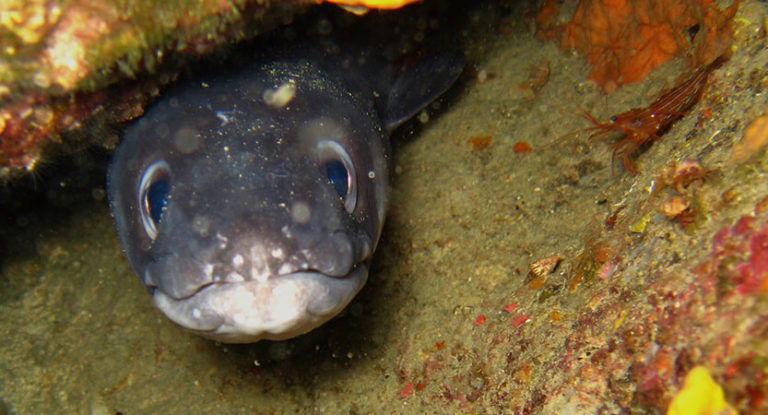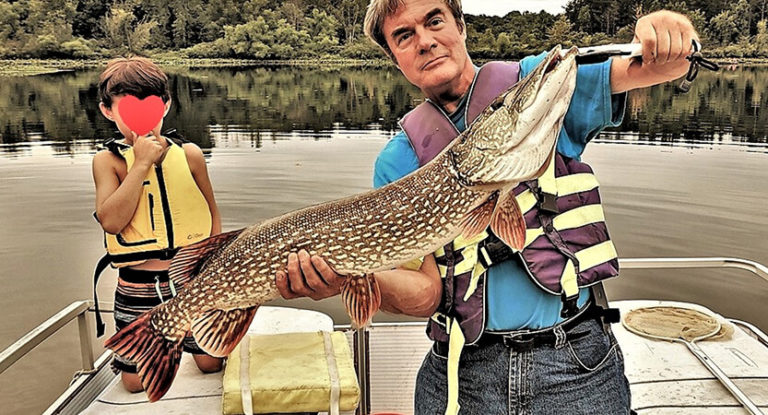Carp is one of the most coveted feats of a player. Most of these fish are artificially raised and can be caught in commercial waters and on fish farms. Despite having to pay extra to hunt it, this doesn’t stop true fans. They were willing to relentlessly experiment with bait and bait to attract His omnivore’s attention but were very brave. And today we will get acquainted with the nutritional characteristics of carp and find out which bait is better to catch it at different times of the year.
This publication is intended for new carp fishermen who have little knowledge of the fish’s diet and habits. However, fishermen will certainly learn a lot of interesting information for themselves, helping them to understand more about the foraging behavior of this fish fauna representative. For example, do you know why carp are forced to constantly look for food and consume it in large quantities? Our next article will answer this and many other questions.
Here is an overview of the content of this tutorial, feel free to jump to any section you care about:
For more fishing instructions, take a look at these popular Trizily links: Best Baitcasting Rods, Best Fish Finders.
Carp food preferences
The gluttony of carp has become a legend: this representative of the ichthyofauna eats almost constantly. In search of food, he prowls in all layers of water, everywhere finding for himself some yummy. At the very surface, carp catches insects of various sizes that have fallen into the water , up to butterflies and dragonflies, larvae, small midges, duckweed. At the bottom, he is preoccupied with searching for the smallest crustaceans, worms and mollusks (for example, pearl mussels), all kinds of carrion, and so on.
With a huge appetite, this representative of the ichthyofauna eats water plants , and he considers young shoots of reeds to be a special delicacy. Its food can be caviar and fry , which once again confirms its amazing omnivorousness. Many nutrients enter his body in the form of a suspension dissolved in water: he sucks it in through the gills.
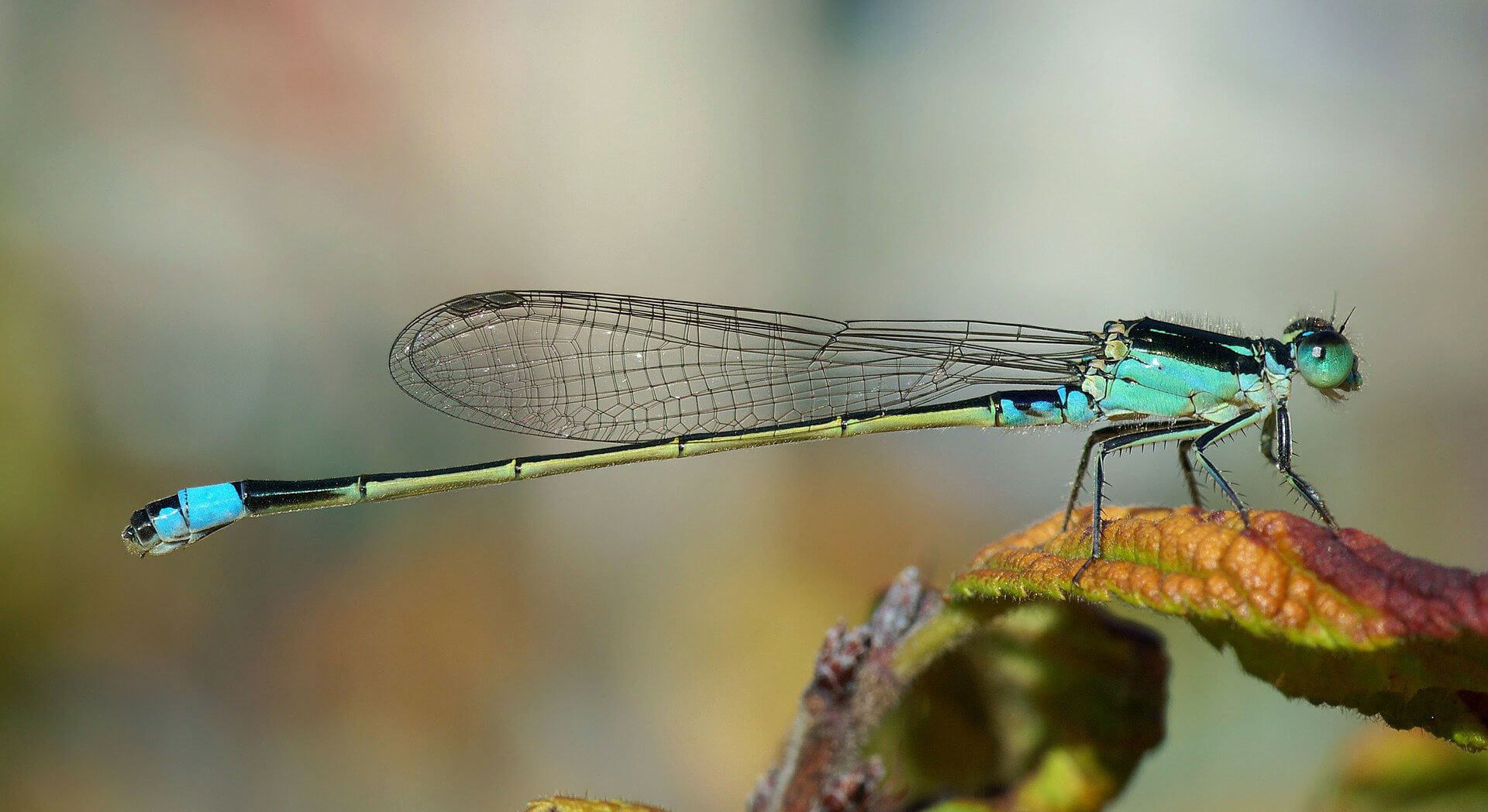
This fish demonstrates amazing omnivorousness: everything that gets into the reservoir is immediately examined by it for edibility. Carp can sense attractive odors from a distance, which makes the use of attractants justified when preparing baits. Up close, he examines potential food visually and with sensitive whiskers.
Carp feeds almost continuously, due to the structure of its digestive system. The fact is that this fish does not have a stomach: roughly speaking, its esophagus directly continues with the intestines, where food dissolves with the participation of enzymes and becomes suitable for assimilation. Sufficiently developed pharyngeal “teeth” help to bring it to a crushed state, with the help of which the carp is able to grind even shells and shells of crustaceans.
Seasonal changes in diet
Carp is a heat-loving fish that practically loses interest in food with the onset of cold weather. For this reason, fishing on the ice remains the lot of fans who are able to determine the location of wintering pits, use rigging and sit for hours at the hole in anticipation of a single bite.
To this representative of the ichthyofauna, activity returns in the spring , with the water warming up to 8-10 o C. At this time, the carp shows an increased interest in food of animal origin: it is rich in protein and helps to replenish the lack of energy before spawning. There comes a favorable time for catching this fish, demonstrating an enviable appetite even for itself. At this time, carp goes well for bloodworms, worms, as well as pieces of meat, shrimp, squid and even odorous cheese or chocolate!
With the onset of spawning, the bite weakens: the fish loses all interest in food. However, after a little rest, this representative of the ichthyofauna resumes eat. In summer , especially in the heat, he prefers plant foods , but at the same time does not become an avid vegetarian, still not ignoring the tasty larvae and worms. However, during this period, steamed wheat grains , bread, talker, dough, peas, corn, pasta and, of course, all kinds of boilies, are of great interest . Particularly fascinated by its aromas of oilcakes, fragrant with fresh sunflower or hemp oil. From exotic: sometimes carp are attracted by pieces of berries and fruits.
The feeding of carp in the autumn period again shifts towards animal food: protein reserves accumulate for the winter. With the onset of cold weather, the biting weakens, and the fish goes to winter in deep holes.
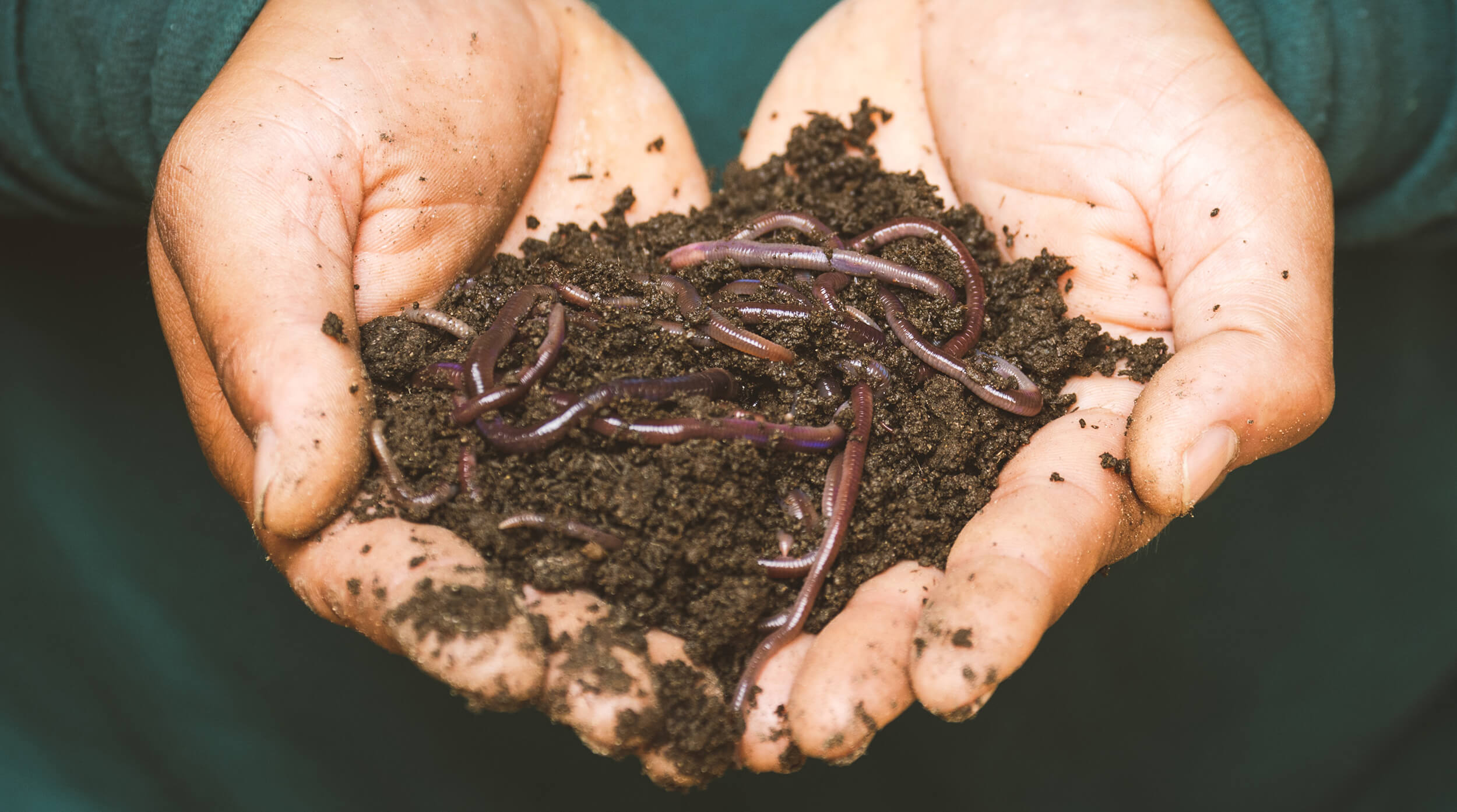
Nutrition for artificial breeding
The basis of the diet of this fish during artificial breeding is mainly a special compound feed with additives that ensure a balanced diet. This allows you to accelerate weight gain and prevent fish diseases: with artificial breeding, the size of an individual depends more on proper feeding than on life expectancy .
They begin to feed the larvae already at 4-5 days of age, gradually increasing the volume of food and varying its composition as the fry grows. Large fractions, mainly of plant origin, are already added to the diet of adults: in most cases, these are cereals, and sometimes potatoes.
If you come to fish on a commercial reservoir or to a fish farm, be sure to take an interest in the food familiar to local carp and be guided by this factor when choosing a bait. Please note that many owners of commercial ponds prohibit the use of certain baits under the threat of a fine.
Carp fishing is an elite type of fishing that requires a significant investment of time and money. However, when you drag the first abutting carcass in your life and feel the joy of fighting a strong opponent, for sure all the costs will seem trifling to you compared to the pleasure you received!

